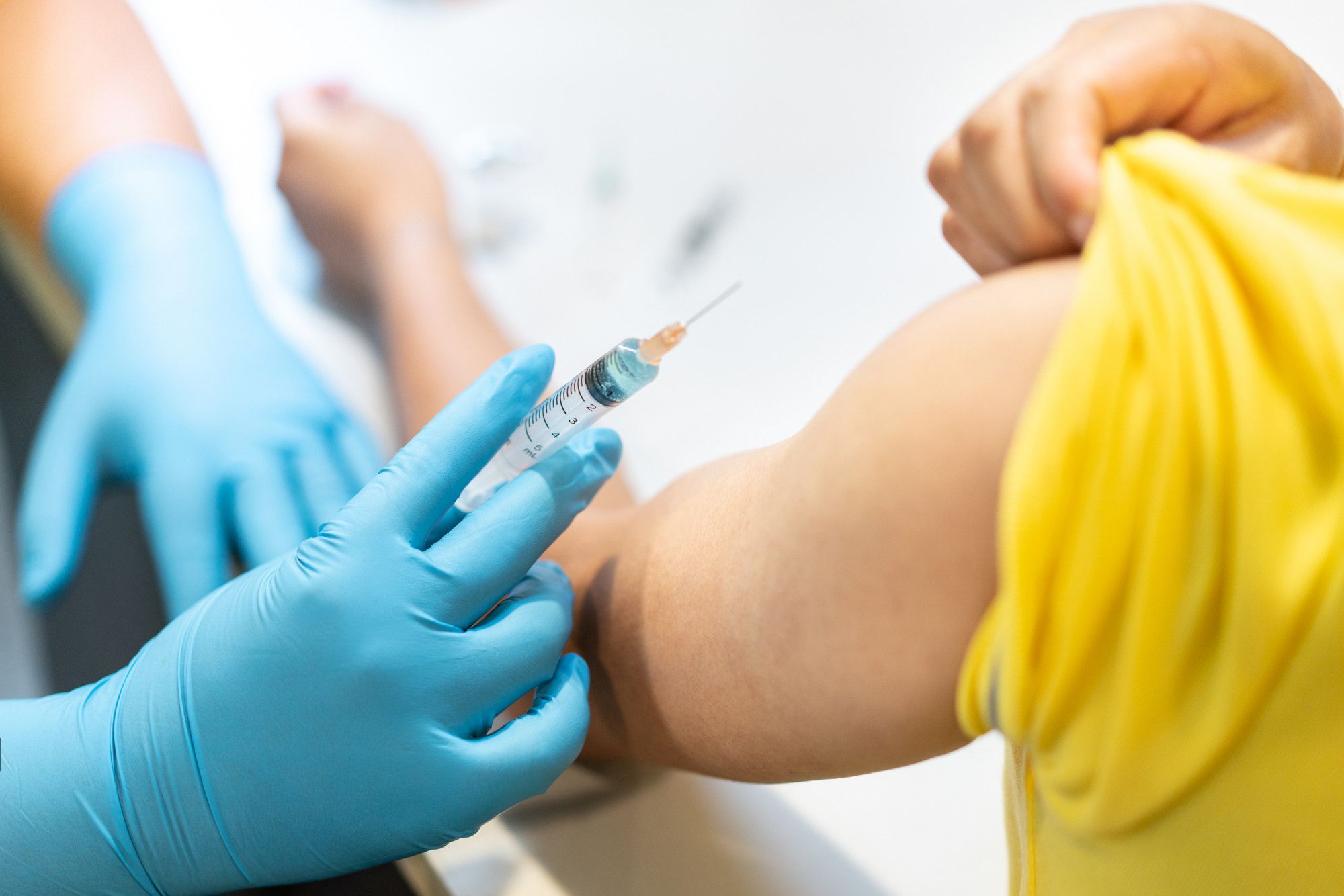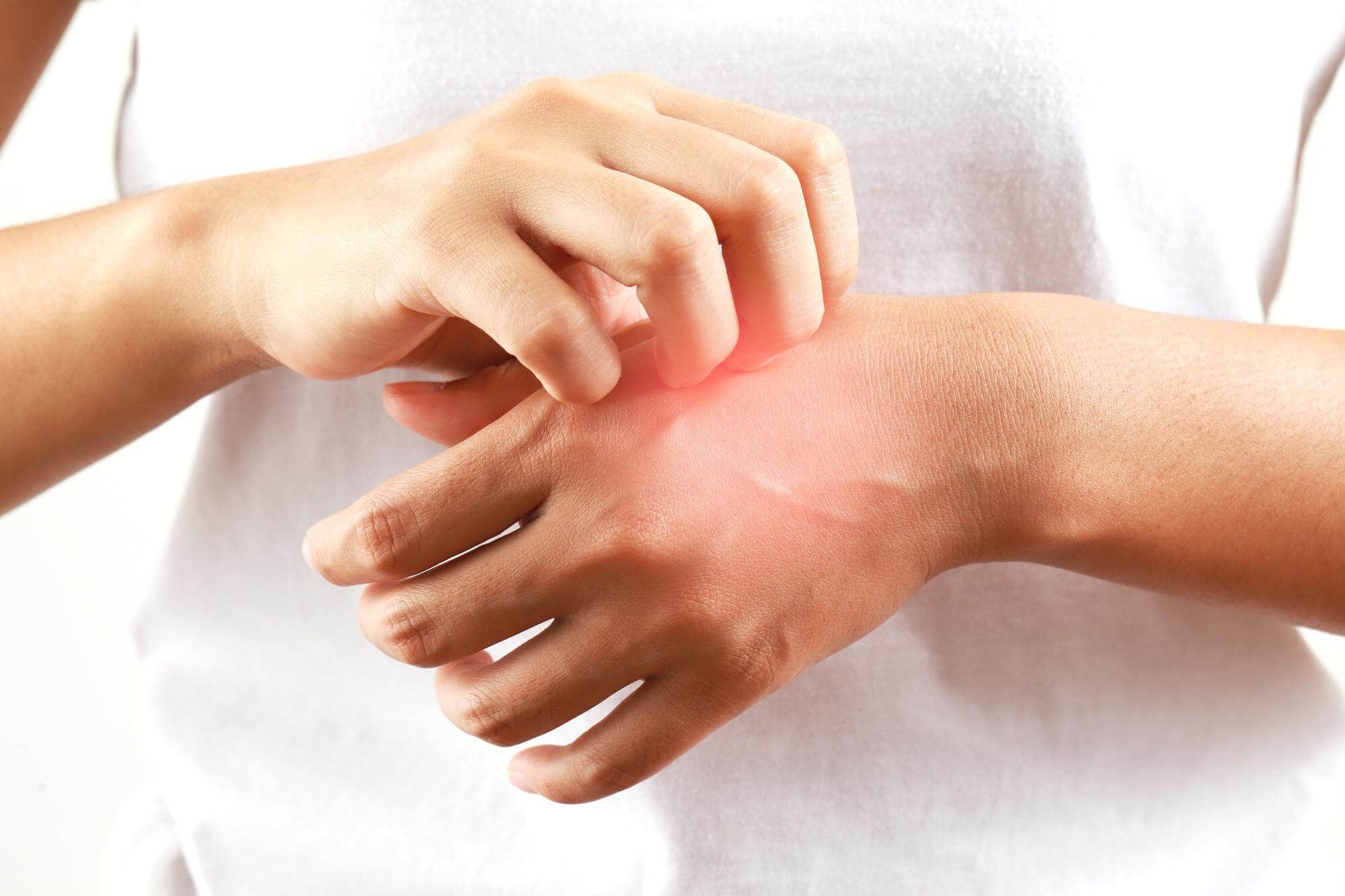Tilotic eczema: key facts and treatment options
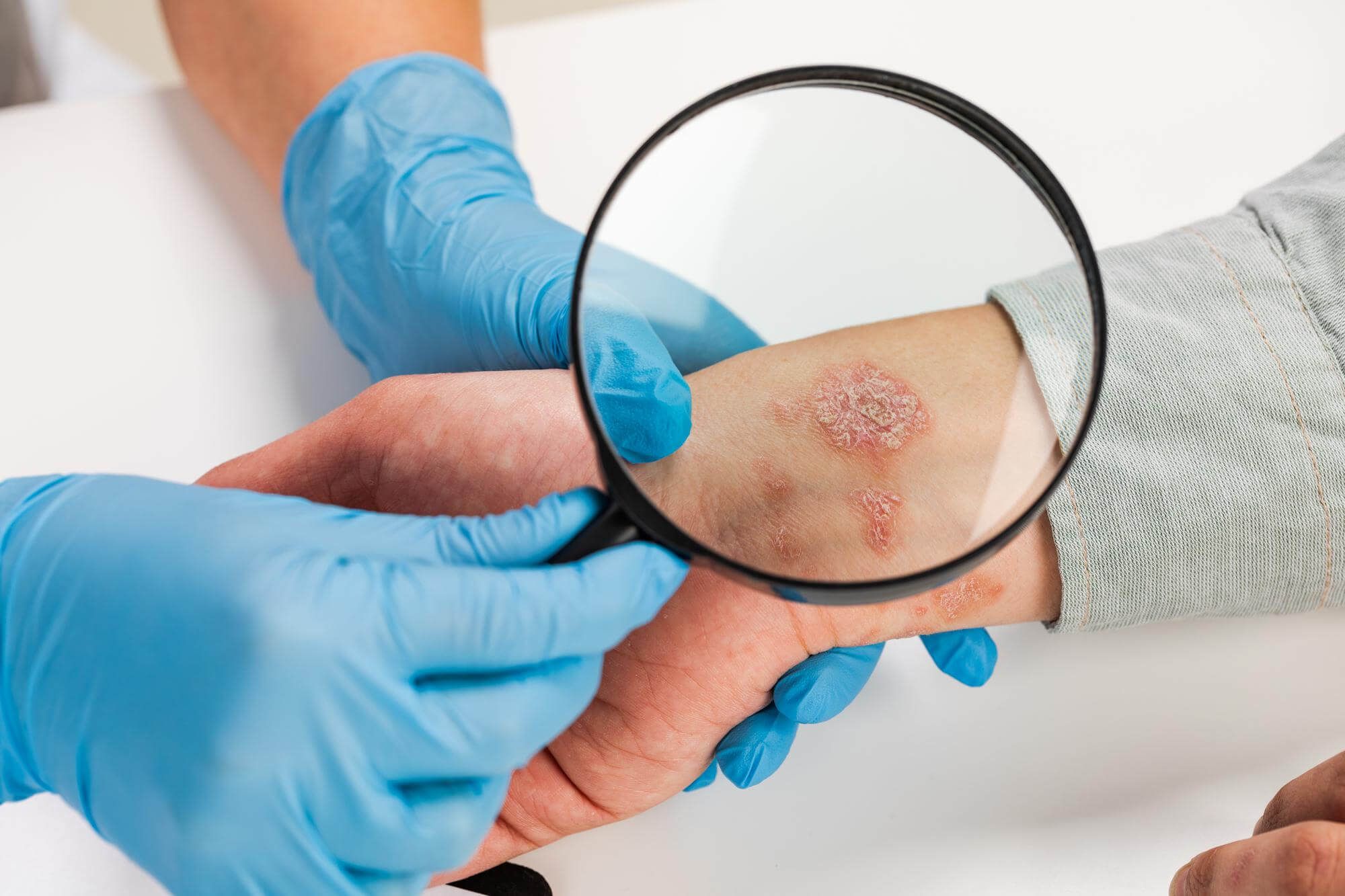

Viktor Levchenko
What is tylottic eczema?
Tilotic eczema, or hand eczema, is a chronic inflammatory skin condition usually affecting the palms and fingers. This form of eczema is characterized by hyperkeratosis (coarsening of the skin), cracks and blisters.
Causes of tylottic eczema
Tilotic eczema can develop due to a variety of factors. These include excessive dryness of the skin, frequent contact with irritants or allergens such as detergents or solvents. Genetic predisposition also plays a role, as does stress, which can exacerbate symptoms.
Prevalence of tylottic eczema
This type of eczema is most common in people in certain occupations where the skin of the hands is constantly exposed to harmful substances. However, tylottic eczema can also occur in people of other occupations and ages.
Symptoms of tylottic eczema
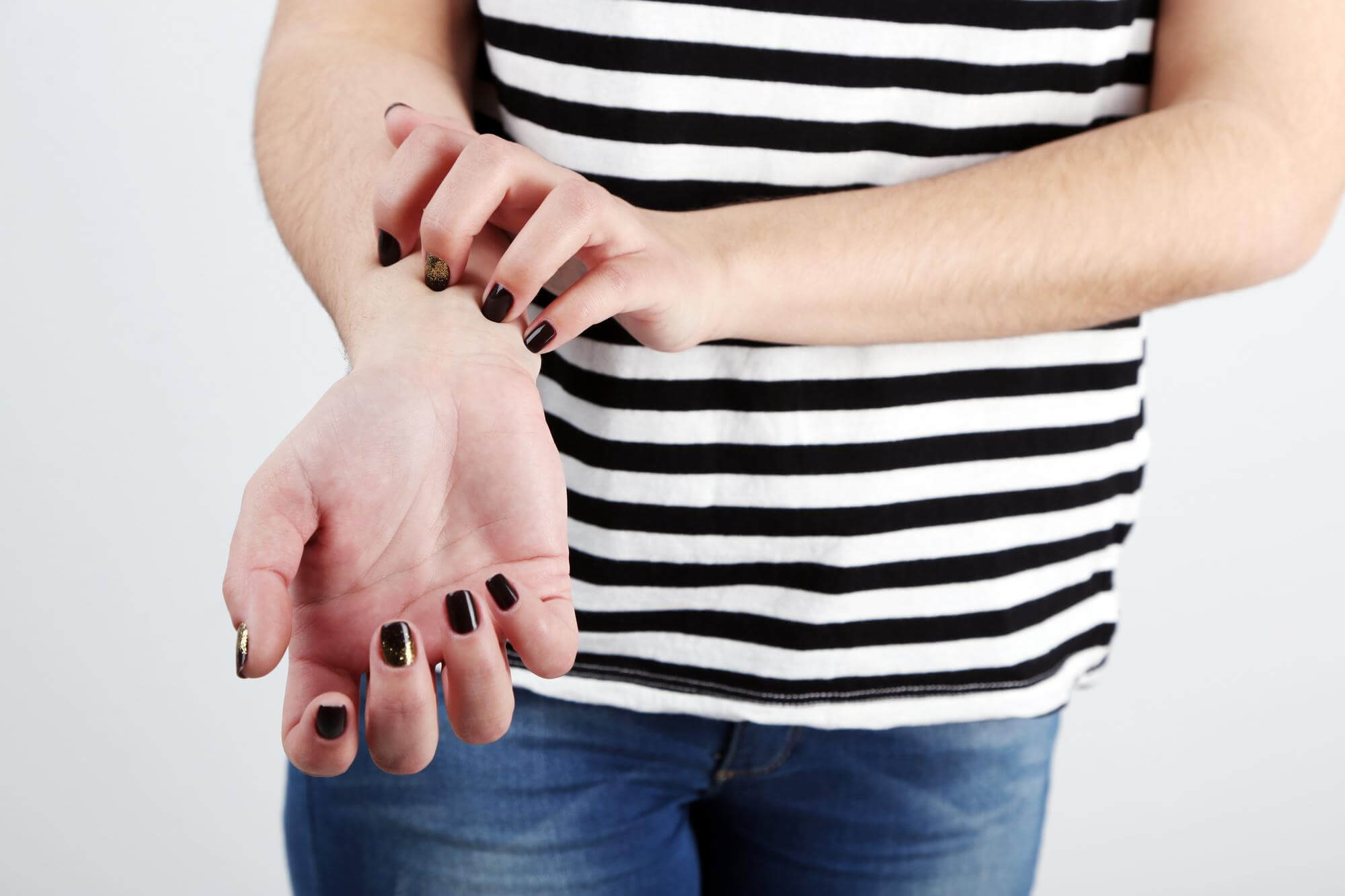
Symptoms of tylottic eczema include itching, redness, swelling, and painful cracking of the skin. The skin on fingers and palms may become rough and calloused, and in some cases blisters may form.
Diagnosis of tylottic eczema
- To diagnose tylottic eczema, the doctor analyzes the clinical picture and history of the condition.
- Usually no specific tests are needed to confirm the diagnosis, but in some cases a skin biopsy may be needed to rule out other conditions.
- Modern diagnostic methods also include dermatoscopy and allergy tests to identify a possible contact allergen.
Treatment of tylottic eczema
At home, moisturizers can be used to soften the skin and prevent dryness. It is also important to avoid contact with irritants.
Drug treatment for tylothic eczema
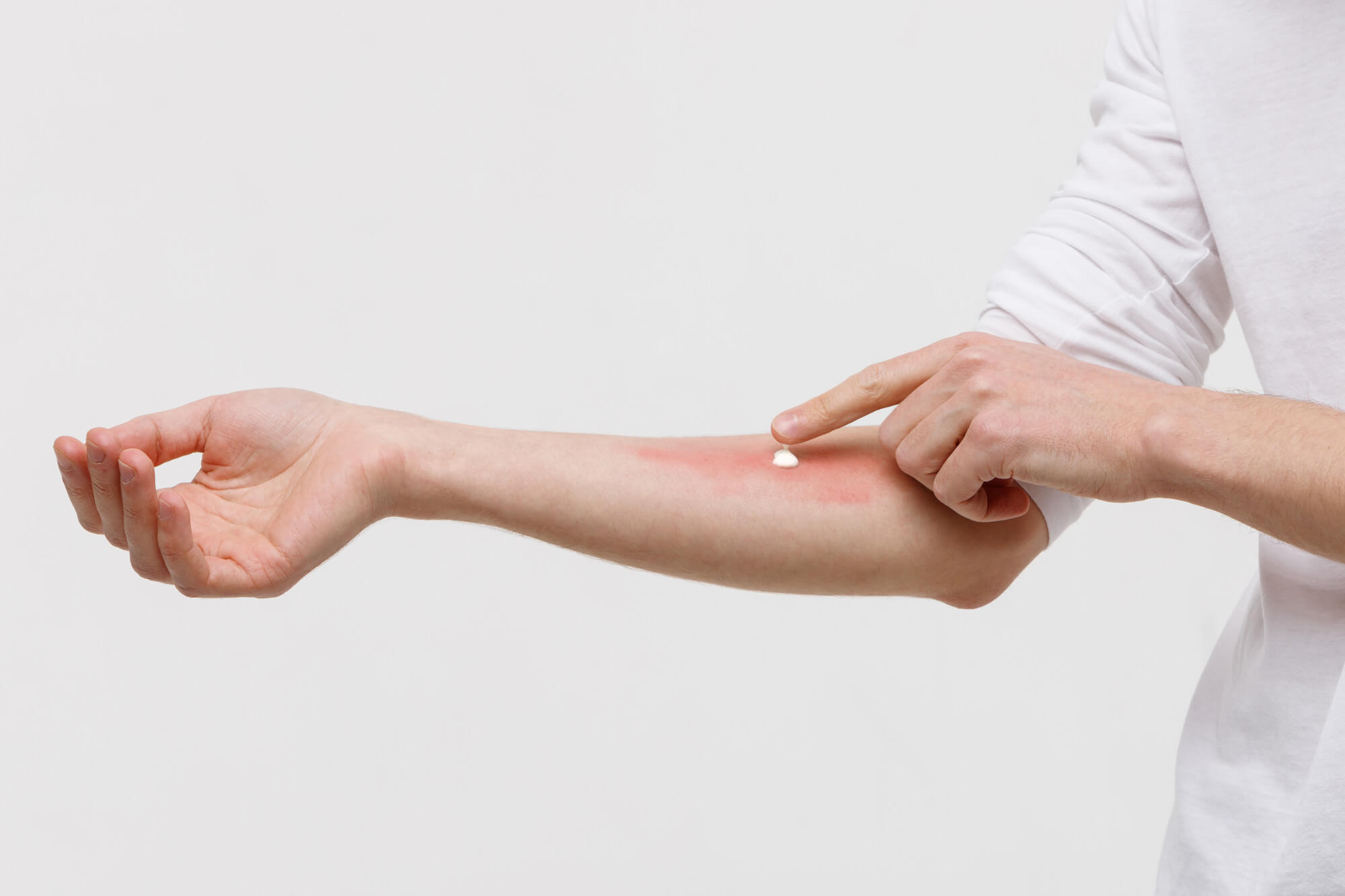
Medication treatment may include a variety of medications.
Corticosteroid ointments such as hydrocortisone or betamethasone may be used to reduce inflammation and itching.
In some cases, systemic medications such as cyclosporine or methotrexate may be needed, especially if the condition is severe.
Physical therapy and other procedures
Physical therapy procedures, such as UW therapy, may also be helpful for thylotic eczema.
Prevention of tylottic eczema
Prevention includes avoiding contact with potential allergens and irritants, regular use of moisturizers, and controlling stress levels.
In conclusion, it's worth noting that tylottic eczema is a condition that requires individualized attention and long-term care. If you suspect tylottic eczema, be sure to see your doctor to confirm the diagnosis and develop a treatment plan.
New materials
Popular Articles
We recommend reading
Contact us in the Contact Us section to ask questions, offer ideas, or for more information about our allergy resource.
Our articles are your trusted source of allergy knowledge. Learn how to make life with allergic reactions easier on our specialized portal.
©
Lechenie-Allergii.com. All rights reserved.
© Lechenie-Allergii.com. All rights reserved.
The information on this site is for informational purposes only and is not a substitute for professional medical advice. We recommend consulting with qualified medical professionals for accurate information and advice.
 English
English  Українська
Українська  Русский
Русский 
